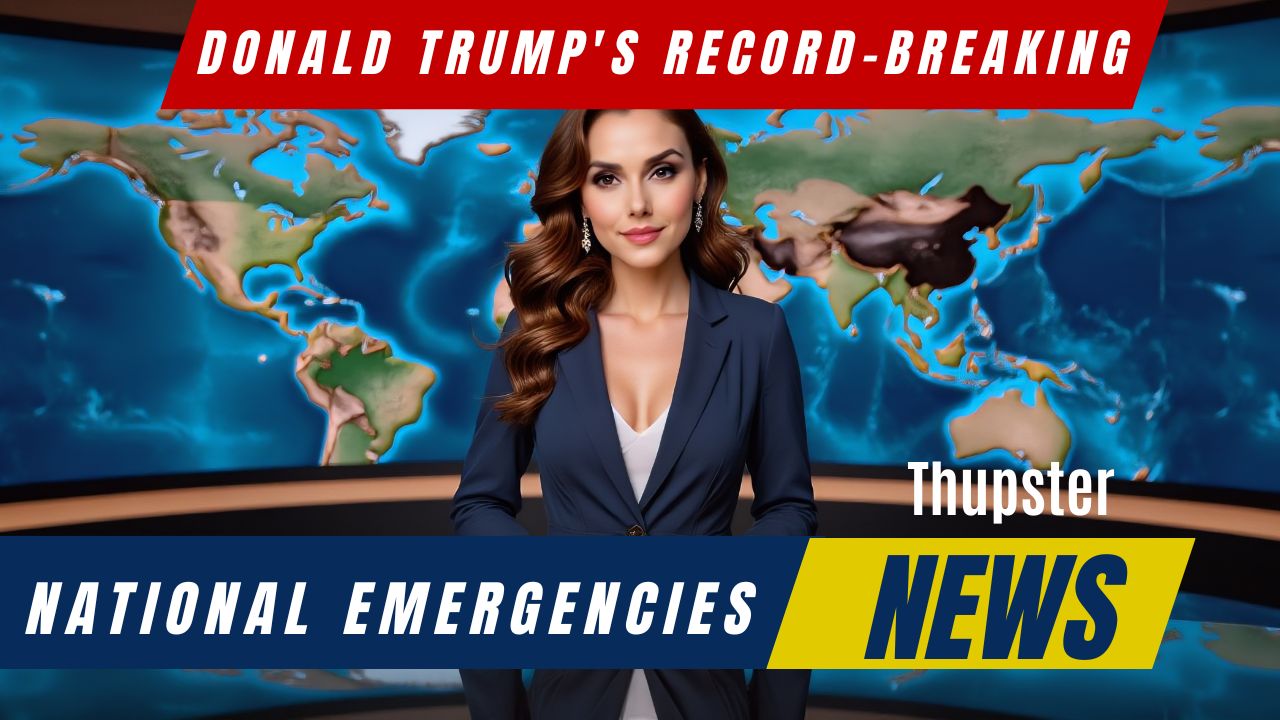The Habit of National Emergencies: A Pattern of Power
Since taking office for his second term, President Donald Trump has made a habit of declaring national emergencies. This pattern of behavior raises questions about the limits of executive power and the role of Congress in emergency situations.
In the US, declaring a national emergency is an extraordinary measure that unlocks enhanced powers contained in 150 different provisions of law. These laws give the president authority to take actions beyond what Congress has authorized in nonemergency situations. This can be a tempting tool for presidents who want to implement policy without sufficient support from Congress or when Congress has prohibited certain actions.
The concept of national emergencies dates back to World War I, and it evolved organically over time. However, this organic nature turned out to be a problem because there was no overarching law that governed the process. It wasn’t until the 1970s, when Congress enacted the National Emergencies Act, that a time limit was placed on emergency declarations without renewal by the president.
The NEA also gave Congress the power to terminate an emergency declaration using a legislative veto. However, in 1983, the Supreme Court held that legislative vetoes are unconstitutional. Today, if Congress wants to terminate an emergency declaration, it must pass a law with a veto-proof supermajority, which is almost impossible.
So, how far can the president go with emergency powers? Some laws seem reasonable on their face, but others seem alarming, such as taking over or shutting down communications facilities or freezing assets of individuals deemed a threat. The International Emergency Economic Powers Act allows the president to make it illegal for anyone to engage in financial transactions with that person.
President Trump’s use of emergency powers has raised concerns about the potential for abuse. Some argue that Congress made a mistake by leaving these laws in place without safeguards. They believe it is time for a reckoning, and for Congress to reform the process of national emergency declarations and terminate them when necessary.
The current situation with President Trump’s emergencies is making its way through the courts, and the question remains whether his actions meet the legal standard for an “emergency.” The US trade deficit with China, for instance, has been a status quo for decades. However, by declaring it an emergency, Trump unlocks special authorities that wouldn’t otherwise be available to him.
While some might see this as a necessary measure to address pressing issues, others believe that Congress should put limits and safeguards on these powers to prevent abuse of authority. The case against Trump’s use of national emergencies serves as a reminder that the balance of power between the executive and legislative branches is crucial in times of crisis.
The US has a long history of declaring emergencies to address various crises, from wars to economic downturns. However, the current situation highlights the need for greater scrutiny and accountability when it comes to these powers. As the country navigates this complex issue, it is essential to consider the potential implications for future emergency declarations and the role of Congress in preventing abuse of authority.

Leave a Reply